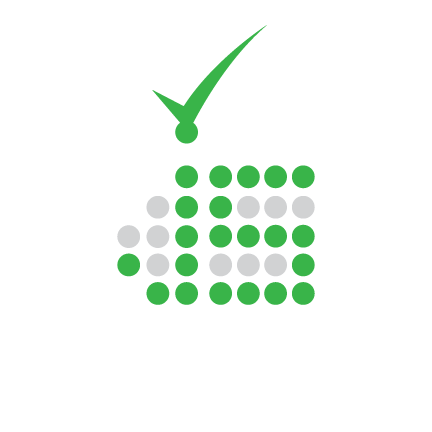A great resume is essential, but it’s often your cover letter that provides the crucial context and narrative to make your application stand out. For job seekers and students, understanding that there are different cover letter types is key to a strategic job search. Each type serves a unique purpose, allowing you to tailor your approach whether you’re applying to a specific role, leveraging your network, or reaching out cold. This guide breaks down the five most powerful cover letter types and how to use them effectively to open doors to your next opportunity.
1. The Application Cover Letter
This is the standard, most common type of cover letter that graduates are familiar with. It is written in direct response to a specific, advertised job opening.
- Purpose: To introduce your resume, highlight your most relevant skills and experiences as they relate to the job description, and express your enthusiasm for the specific role and company.
- Strategy: Address it to a specific hiring manager if possible. Use keywords from the job posting and directly connect your achievements to the company’s needs. This is your chance to show you’ve done your homework and are the perfect fit for this job.
2. The Prospecting Letter (Cold Contact)
What do you do when a company doesn’t have a posted opening but seems like an ideal place to work? You send a prospecting, or “cold contact,” letter.
- Purpose: To inquire about potential unadvertised opportunities and express your interest in working for the company, even without a specific job to apply for.
- Strategy: Research the company thoroughly to identify a potential need you can fill. Instead of asking for a job, propose how your specific skills could add value to their team. This demonstrates initiative, confidence, and genuine interest.
3. The Recruiter Cover Letter
When working with third-party recruitment agencies or internal corporate recruiters, your approach should be slightly different.
- Purpose: To give a recruiter a clear, concise overview of your career goals, skills, and the types of roles and companies you are targeting.
- Strategy: Focus on transferable skills and overall career narrative rather than one specific job. Recruiters place candidates in various roles, so help them quickly understand your value proposition and where you would be a good fit within their portfolio of clients.
4. The Referral Cover Letter
This is one of the most effective tools in a job seeker’s arsenal. You use this when someone inside the company has referred you or suggested you apply.
- Purpose: To capitalize on a personal connection and immediately build credibility with the hiring manager.
- Strategy: Mention your referrer’s name and your connection to them in the very first paragraph. This immediately grabs attention. Then, seamlessly transition into your qualifications, reinforcing the recommendation with concrete evidence of your skills.
5. The Networking Cover Letter
Often confused with a referral letter, a networking letter is sent to a professional acquaintance not to apply for a job, but to ask for advice, information, or other contacts.
- Purpose: To expand your professional network and uncover hidden job opportunities through informational interviews.
- Strategy: The tone should be inquisitive and respectful of the recipient’s time. Clearly state that you are not asking for a job but are seeking their valuable insight into the industry or company. The goal is to build a relationship that could lead to a future opportunity.
Conclusion: Choose Your Strategy and Customize
Understanding these different cover letter types transforms your job search from a passive activity into a targeted outreach campaign. Your resume may remain largely consistent, but your cover letter should be a dynamic, customized document for each unique situation. Whether you’re applying for a posted role, leveraging a connection, or creating an opportunity where none exists, the right cover letter strategy demonstrates professionalism, initiative, and strategic thinking. Don’t just send the same letter everywhere—choose the right type for your goal and craft a message that truly resonates. This tailored approach is what will get you noticed and called for that crucial first interview.
